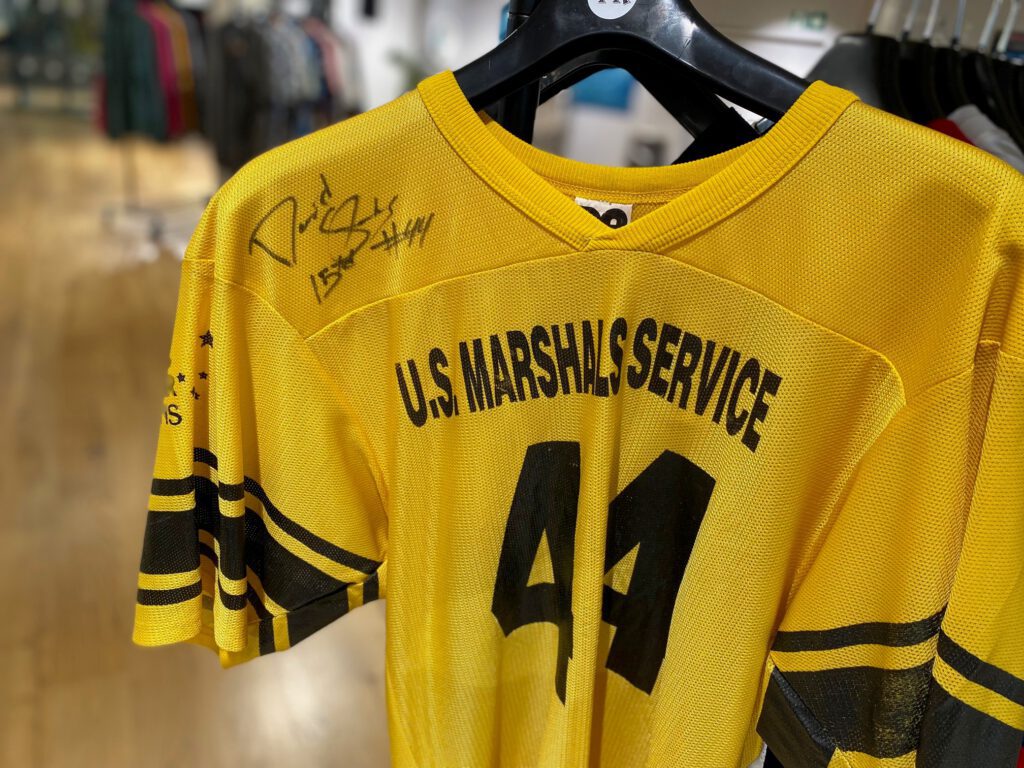The trading card boom of the early 2020s sent prices for sports memorabilia into the stratosphere. But as the market cools and matures, collectors are asking: what’s next for the cards of the greatest athletes of our time?
Today, we take a closer look at three icons across the major American sports leagues: Shohei Ohtani (MLB), Tom Brady (NFL), and Michael Jordan (NBA). All three are legends—but their trading card trajectories couldn’t be more different.
Shohei Ohtani – Modern Babe Ruth or Bubble Risk?
Shohei Ohtani has changed baseball forever. In a single season, he became the first player to hit over 50 home runs and steal more than 20 bases, all while pitching at an elite level. It’s historic—and the card market responded accordingly.
His PSA 10 base rookie cards currently trade for $150–$350 USD, with signed versions pushing into the four-figure range. Ultra-rare, high-end cards? We’re already in seven-digit territory.
But here’s the catch: Ohtani’s rise coincides with one of the most inflated periods in trading card history. Supply is high, and the market could suffer from oversaturation. Topps must carefully manage scarcity if they want long-term value to hold. If they succeed, and Ohtani continues his MVP-caliber performance, prices in 20 years could well exceed today’s. But it’s a tightrope walk.
Tom Brady – The GOAT Whose Market May Have Peaked
Tom Brady is the most decorated quarterback in NFL history. His seven Super Bowl wins, charisma, and off-field celebrity turned him into a market darling. His rookie cards from the early 2000s remain crown jewels in the hobby.
However, the shine is beginning to fade. Since retiring (again) and parting ways with Gisele Bündchen, we’ve seen a gradual softening in prices. Fanatics, now controlling Brady’s exclusive autograph rights, is another key player here.
A recent controversy highlights the complexity of his card market: At a live event in Australia, artist Tyson Beck had designed creative, unlicensed Brady cards intended for live signing. But just before the event, Fanatics stepped in to block the autograph session—despite Brady’s personal willingness to sign. The move sparked backlash, particularly since Brady himself is reportedly a minor investor in Fanatics. Why wait until the last minute?
Even more strangely, Brady recently appeared on a Bowman Draft baseball card as a Montreal Expos prospect—a nod to his high school days when he was drafted as a catcher. Fun? Yes. Investment-worthy? Debatable.
The future of Brady’s cards likely lies in stability, not growth. Collectors may still see appreciation in rare, early cards—but the white-hot phase is probably behind us.
Michael Jordan – The Gold Standard Still Rises
Michael Jordan is, quite simply, the blueprint. He revolutionized basketball, sneaker culture, and the global reach of sports. And in the card world, he’s still king.
One reason? Scarcity. MJ is famously selective with his autographs. Very few new signed cards have emerged in recent years, and Upper Deck maintains tight control over his brand. As a result, the market for Jordan cards—especially signed or graded—remains red hot.
His 1986 Fleer rookie card is iconic. But even non-rookie inserts, oddballs, and low-pop parallels carry significant value. Jordan didn’t just play the game—he played the market, intentionally or not. And he played it brilliantly.
Twenty years from now? Expect higher prices, tighter supply, and even more reverence around MJ’s cardboard legacy.
The GOAT Trading Cards will move in different directions
In the world of trading cards, greatness alone isn’t enough. Market dynamics, print runs, exclusivity deals, and cultural relevance all shape long-term value.
- Ohtani offers massive upside—but also high risk in an oversupplied era.
- Brady’s legend is secure, but his card market may have reached its peak.
- Jordan remains untouchable, his scarcity and status driving consistent growth.
Collectors should focus not only on star power but also on timing, scarcity, and brand management. The GOATs may always be great—but not all their cards will age equally.
Image Source: © Grok


